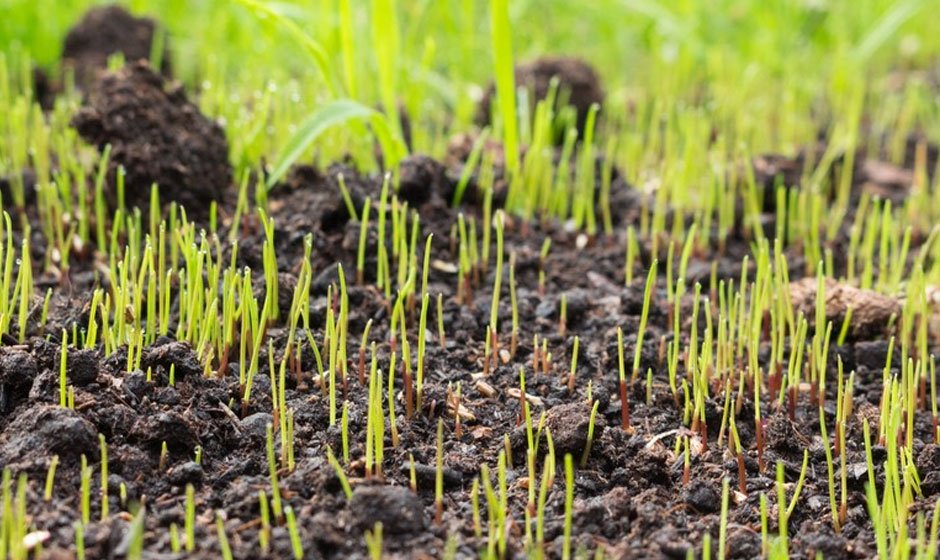Caring for New Grass: Maintenance and Best Practices After Seeding

Growing a lush, vibrant lawn starts with proper care for new grass. Whether you have recently seeded your lawn with cool-season or warm-season grasses, nurturing your grass seedlings to maturity is critical to keeping your lawn healthy and beautiful. Here are the best practices after seeding to ensure your new seed thrives and transforms your outdoor space into a green oasis.
Understanding the types of grass
Before diving into the maintenance tips, it’s crucial to identify the type of grass seed you’ve planted. Different grass seed varieties have distinct requirements for care and maintenance. Whether you’ve chosen cool or warm-season grasses, knowing your grass seed type is the first step toward successful new lawn care (https://www.naturesseed.com/grass-seed/).
Cool season vs. warm season grasses
Cool-season grasses, such as Kentucky bluegrass and fescue, thrive in cooler temperatures and are best suited for regions with cold winters. Warm-season seed grasses, like Bermuda and Zoysia, prefer hot summers and are well-suited to warmer climates. Understanding your grass type helps tailor your care routine accordingly.
Soil moisture and its impact
Maintaining proper soil hydration levels is critical to nurturing new grass plants. Here’s what you need to know:
Keeping your lawn consistently moist
New grass seedlings require consistent moisture to establish a robust root system. Water your existing lawn twice a day for short periods to keep the soil moist but not waterlogged. This practice is especially crucial during dry weather.
Seed germination
Adequate soil water content is essential for seed germination. Ensure that the top inch of soil remains consistently moist until your plant grass reaches a height of two inches.
Soil temperature and root growth
Monitor soil temperatures to ensure optimal root zone growth for new seedlings. Different grass types have specific temperature preferences for optimal growth. Check the recommended soil temperature range for your seed grass variety and adjust your watering schedule accordingly.
Weed control for new lawns
Weed prevention is vital for maintaining a healthy new lawn. Unwanted weeds can compete with seed grass for nutrients and space. Here are some effective weed prevention methods:
Preventing weed growth in bare spots
Inspect your lawn regularly for bare areas and apply seed to fill them in promptly. A thick and well-established garden is your best defense against weed invasion.
Using weed control products
Consider using weed suppression products specifically designed for new seedings. Follow the label directions carefully to avoid damaging your grass seedlings.
Mowing and weed control
Mow your lawn once your grass reaches the recommended height. Keeping your grass blades sharp and at the appropriate height helps prevent weed growth and encourages a thicker lawn.
Fertilizing for optimal growth
Feeding your new grass seedlings with the right nutrients is essential for their development. Consider these tips for fertilizing your lawn:
Starter fertilizer for grass seed
Use a fertilizer rich in phosphorus to promote strong root growth. Apply it according to the manufacturer’s instructions during the initial stages of growth.
Dormant weed seeds and fertilizing
Be cautious when using fertilizers, as they can stimulate the growth of dormant weeds in your soil. Choose a balanced fertilizer and apply it judiciously.
Last words
Caring for new grass involves a combination of proper watering, weed control, and fertilization. By following these steps after seeding, you’ll ensure that your lawn flourishes and becomes the envy of your neighborhood. Remember that a healthy lawn starts with proper care from day one.



